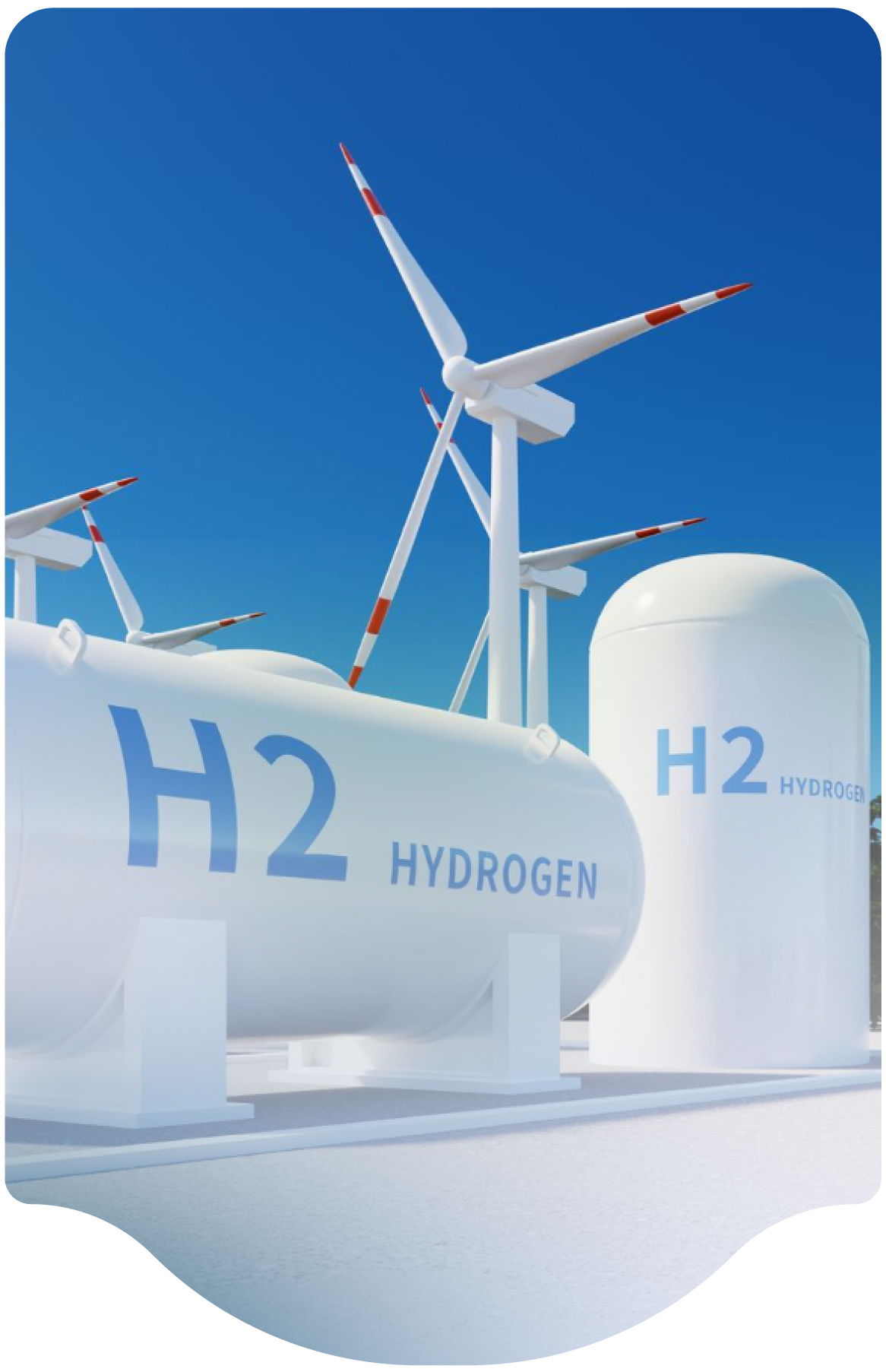- Home
-
Resources
- Center for Hydrogen Safety
- Hydrogen Fuel Cell Codes and Standards
- Learnings & Guidance
- Paper & References
- Web-based Toolkits
- Workforce Development

- Contact
- About H2Tools
- Welcome to the Hydrogen Tools Portal
- helpdesk@h2tools.org
FAQ
Frequently Asked Questions
Question & Answer
- 265 results found
- Clear All
It depends on the construction and location of the lights. Assuming the typical practice of using non-classified lighting on vehicles, operation of those lights during a delivery could provide an ignition source if located within the classified area near the delivery or venting activity. A more modern LED lighting systems may present a lower risk.
Category: Miscellaneous
Because a small spark can ignite hydrogen-air mixtures, precautions such as using spark-resistant tools is one method that can be considered to reduce the probability of an ignition. However, there is little evidence that spark-resistant tools make a significant difference.
Spark-resistant tools are made of nonferrous materials that are inherently weaker than the steels…
Category: Miscellaneous
Keywords: Spark-resistant, Spark-proof, Non-Sparking, Tools
The recognized and generally accepted good engineering practices (RAGAGEP) for employing a nitrogen purge into a hydrogen vent stack is that inerting is not generally used for nitrogen purge in a hydrogen vent stack because most inert gases freeze at liquid hydrogen temperatures. The vent stack should be designed for a fire and the internal overpressure caused by a deflagration. If inerting is…
Category: System Design
Keywords: Liquid, Helium, Nitrogen, Vent, Deflagration, Detonation
The recognized and generally accepted good engineering practices (RAGAGEP) for employing a purge into a hydrogen vent stack is that inerting is not generally used. Best practice is that the vent stack should be designed for a fire and the overpressure caused by an internal deflagration. This is typically not an issue for smaller sizes (less than 4”) and when using typical materials for a vent…
Category: System Design
Keywords: Helium, Nitrogen, Vent, Deflagration, Detonation
In the U.S., there is no specific national requirement for fuel cell test equipment to be certified. There may be requirements from the local authority having jurisdiction (AHJ). Local building codes will likely point to compliance with NFPA 2/55 for the hydrogen and other gas supply systems, ASME Boiler and Pressure Vessel Code for vessels, ASME B31 piping codes for piping, and National…
Category: Miscellaneous
Keywords: Fuel Cells, Laboratory, Certification, AHJ
Many methods are used to mitigate the risk of a tube trailer hose loss of containment incident. Examples that otherwise exceed code requirements are provided below. These have been deployed in various combinations depending on the risk analysis for a particular system:
- Installation of automatic shutoff valves on the tube trailer upstream of the hose to activate upon hose…
Category: Fueling Stations
Keywords: Hose, "Drop and Swap", Tube Trailer
A "drop and swap" delivery system using tube trailers is a common and accepted method of supply for both industrial and fueling station applications. While NFPA 2 - 2023, paragraph 10.6.3.5 states, "The use of hose in a hydrogen dispensing system shall be limited to vehicle fueling hose," this is intended for the dispenser itself, not the entire fueling station. This does not limit the use of…
Category: Fueling Stations
Keywords: Hose, "Drop and Swap", Tube Trailer
The answers are in context of PEM and alkaline electrolysis operating at or below 30 bar and below 85 deg C°. A general suggestion: Ask component suppliers about material compatibility, but do an independent investigation to confirm. As a general resource, safety data sheets (SDSs) sometimes provide material compatibility information. Specific recommendations follow.
- …
Category: System Design
Keywords: Electrolyzer, Materials, Oxygen, Alkaline, Water
It depends on the facility and risk assessment, but generally multiple pressure and temperatures to one vent stack is not the best practice unless all are similar in pressure and temperature, and the streams have compatible composition and flow rate. Care must also be taken to prevent reverse flow and misdirected flow between portions of the system. Additionally, one vent stack can become a…
Category: System Design
Keywords: Vent, Vent Stack, Code, Standard, System Design, Fire
Requirements for local jurisdictions vary, so the AHJ should be consulted, but NFPA 2:2023, Hydrogen Technologies Code, Chapter 13 has requirements for installation of hydrogen generators up to 100 kg H2/h. Section 13.3.1 General says permitted water electrolysis systems are to be listed to ISO 22734:2019, Hydrogen Generators Using Water Electrolysis - Industrial, Commercial, and Residential…
Category: System Design
Keywords: Electrolyzer, Code, Standard, AHJ
We are professional and reliable provider since we offer customers the most powerful and beautiful themes. Besides, we always catch the latest technology and adapt to follow world’s new trends to deliver the best themes to the market.
Contact info
We are the leaders in the building industries and factories. We're word wide. We never give up on the challenges.
- 2 Queen Street,California, USA
- (+84) 04 123 456
- :Helpdesk@h2tools.org
